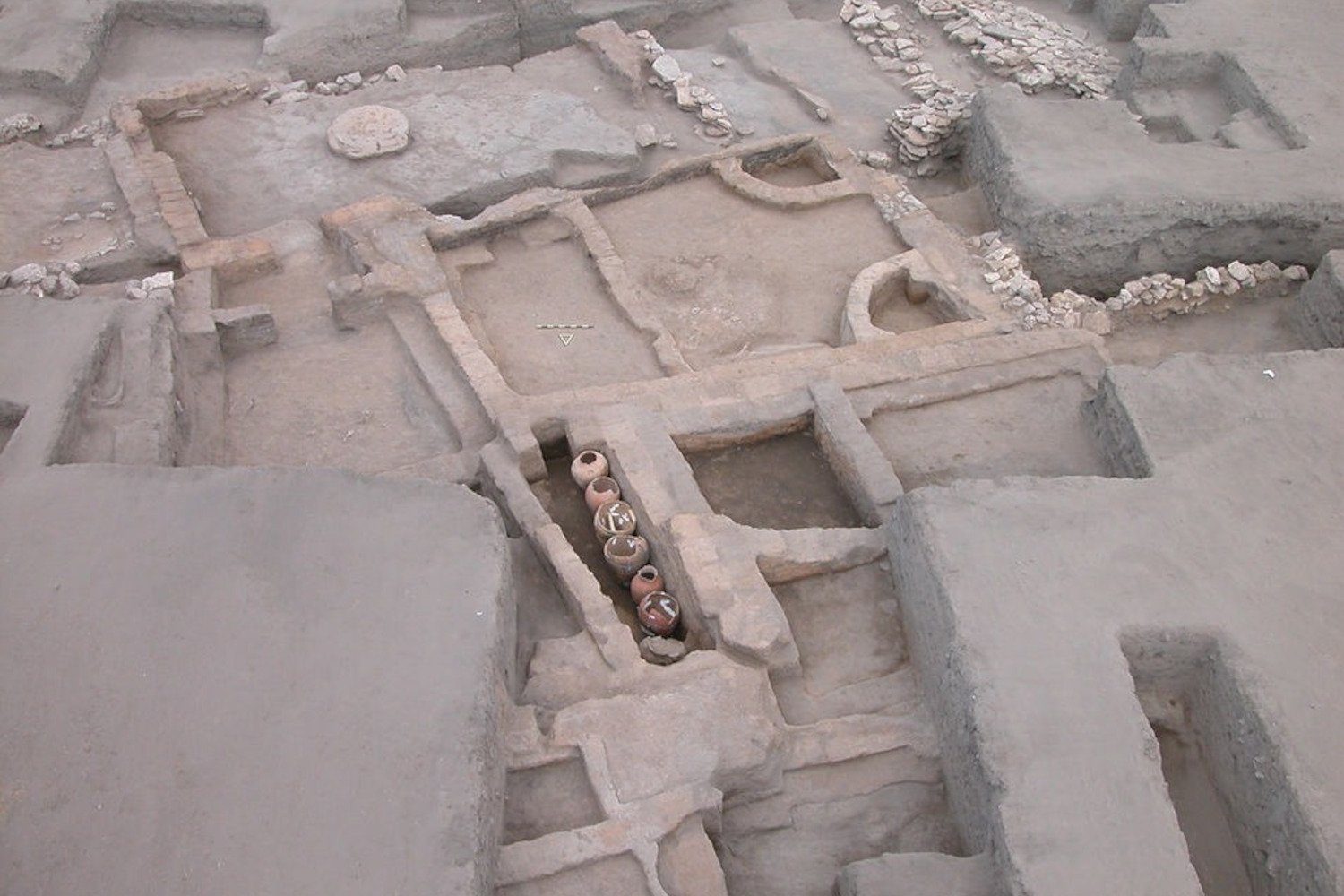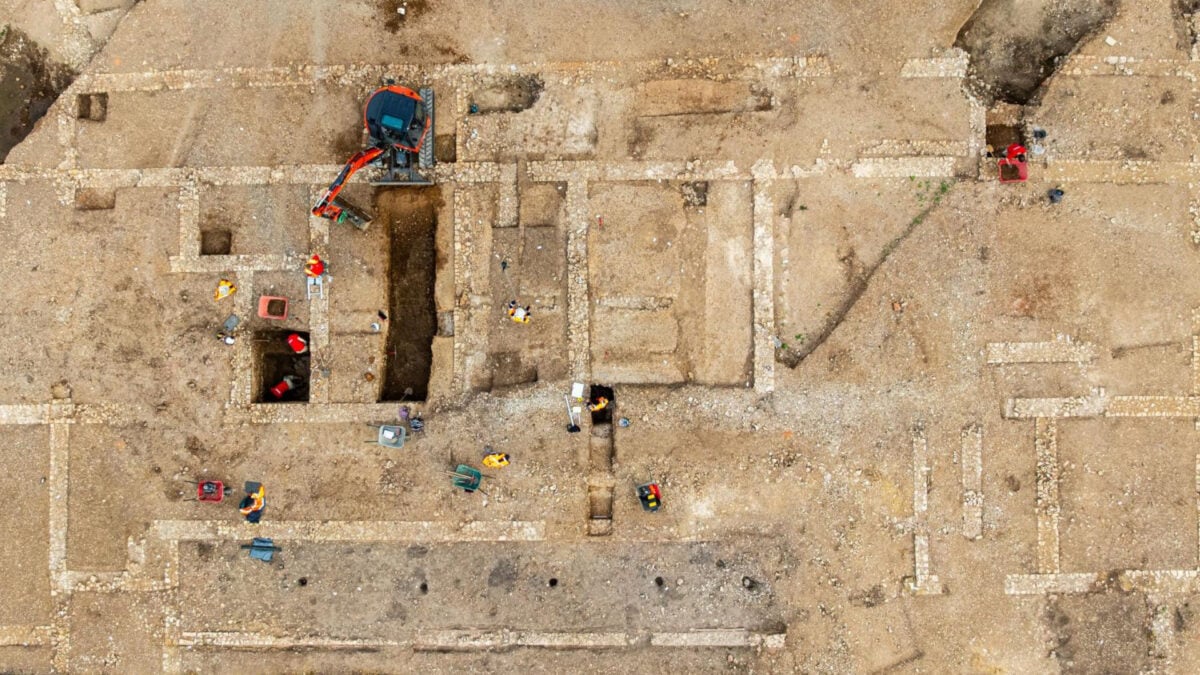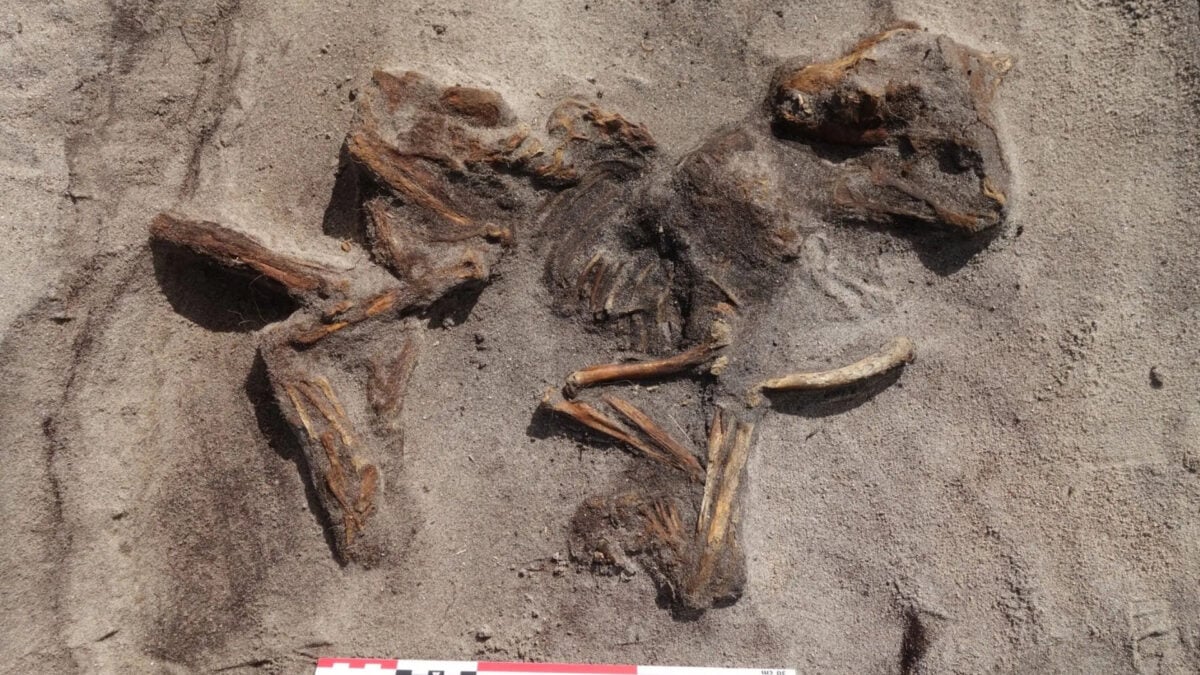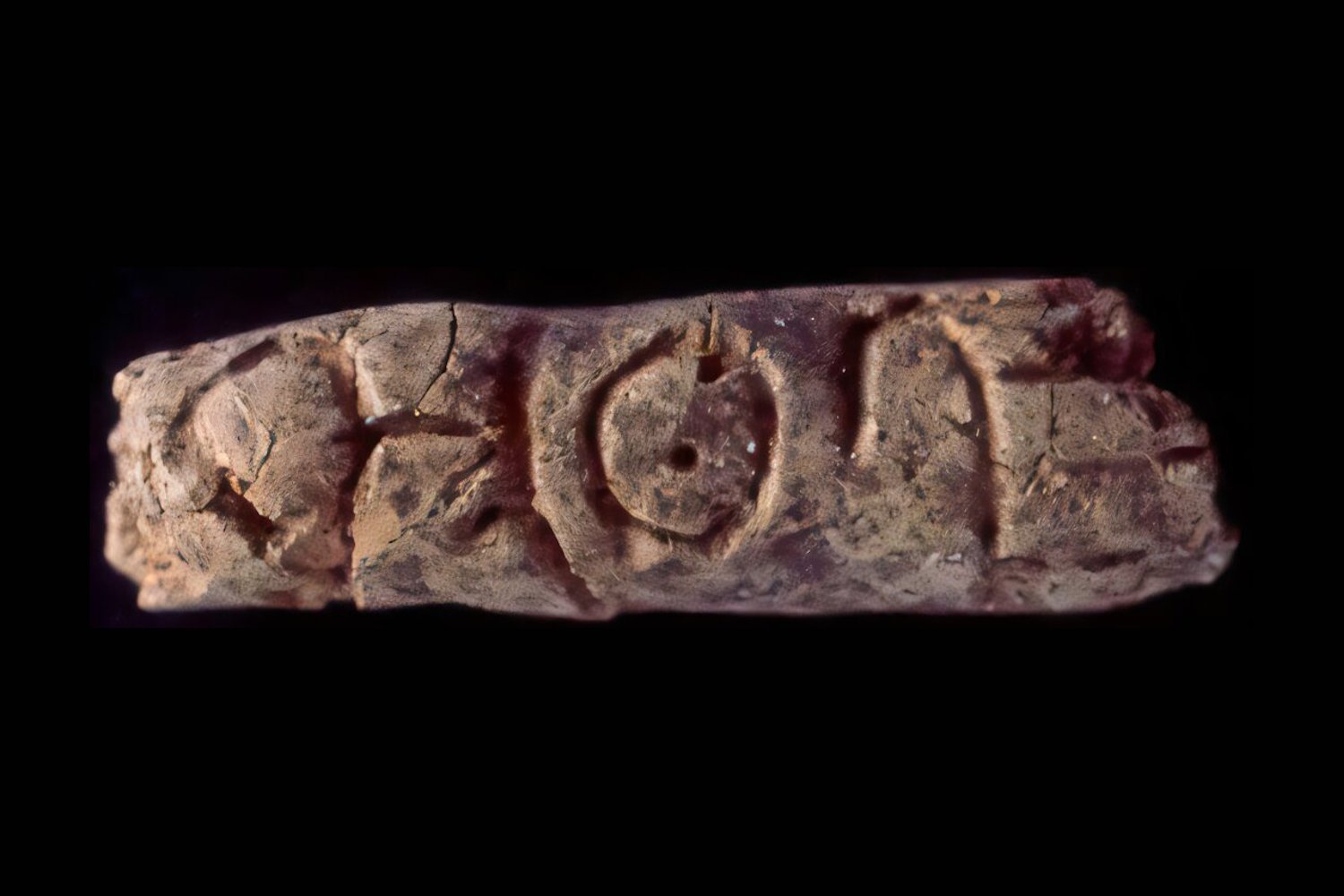More than a century after the U.S. Navy submarine USS F-1 sank off the coast of San Diego on December 17, 1917, researchers from the Woods Hole Oceanographic Institute (WHOI) have captured the first high-definition visuals of its wreckage. This breakthrough offers an unprecedented look at the WWI-era submarine resting deep beneath the ocean surface.
The Long-Lost Submarine: From Accidental Find to High-Definition Clarity
During a series of seven dives conducted earlier this year, the WHOI team utilized the crewed underwater vehicle Alvin and the autonomous underwater vehicle Sentry, both operating from the research ship Atlantis, to obtain close-up imagery of the sunken USS F-1. The submarine has lain at a depth of approximately 1,300 feet (400 meters) since its sinking. Although a Navy underwater vehicle located the wreck by chance in the 1970s, this recent expedition is the first to secure detailed, high-resolution images of the historic vessel.
A Glimpse into History: The USS F-1’s Final Voyage
The F-1 submarine was built in 1901 and officially launched in 1911. Its tragic end came during a training mission when it collided with another submarine, the USS F-3, and sank within seconds. The disaster claimed the lives of nineteen crew members, though five managed to escape and survive. At the time of the 1917 incident, the United States had been involved in World War I against the Central powers for seven months.
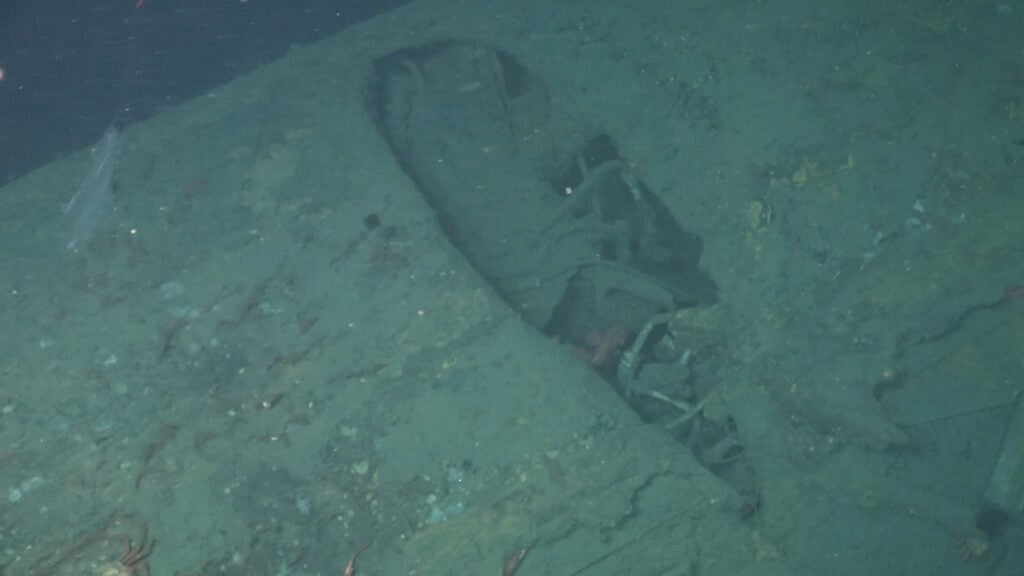 Underwater photo showing the hull damage on the USS F-1 submarine, a result of its WWI collision.
Underwater photo showing the hull damage on the USS F-1 submarine, a result of its WWI collision.
Cutting-Edge Technology Unveils a Century-Old Wreck
“Advanced ocean technology and simple teamwork played a big part in delivering these new images,” stated Bruce Strickrott, manager of the Alvin Group at WHOI and the submersible’s senior pilot who co-led the expedition, in a statement. “Once we identified the wreck and determined it was safe to dive, we were able to capture never-before-seen perspectives of the sub.” The team employed multi-beam sonar systems on Atlantis and Sentry to map the F-1 and its surroundings. Subsequently, Alvin‘s high-resolution cameras captured detailed photos and videos, which were then stitched together to create comprehensive 3D photogrammetric models of the wreck. [internal_links]
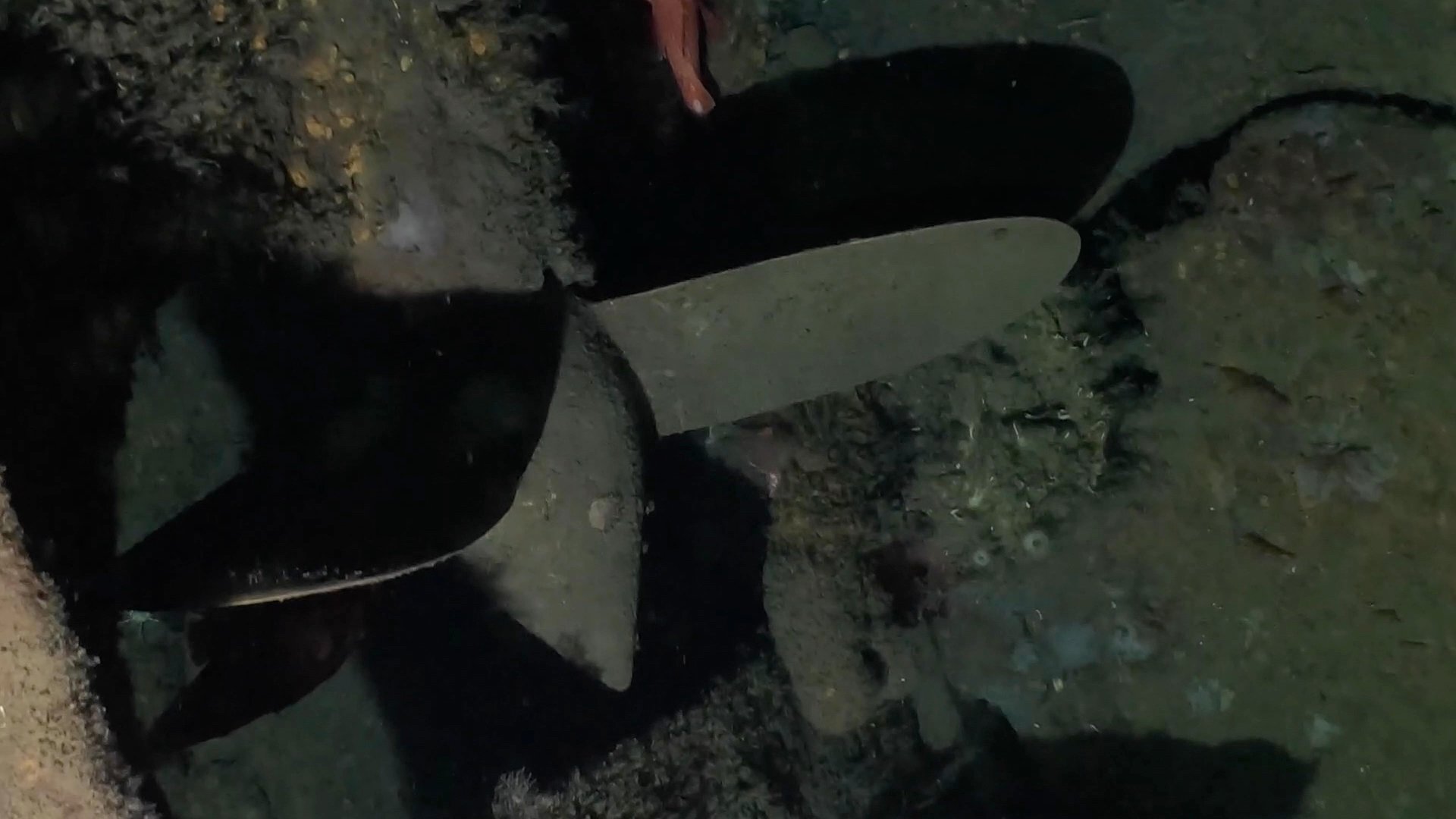 Close-up high-definition image of the remarkably preserved propeller of the WWI-era USS F-1 submarine wreck.
Close-up high-definition image of the remarkably preserved propeller of the WWI-era USS F-1 submarine wreck.
Condition of the Wreck and Respectful Documentation
The new images reveal that the USS F-1 is resting on its starboard (right) side on the seafloor, oriented towards the northwest. Strickrott described the submarine to Live Science as being “remarkably intact.” Despite the detailed survey, the researchers left the war grave site undisturbed. Bradley Krueger, an underwater archaeologist for the Naval History and Heritage Command who participated in the dives, explained to Live Science that this decision was made “to preserve its condition and be respectful of its legacy.”
 Detailed view of the external ship's wheel on the sail of the sunken USS F-1 submarine, captured by deep-sea imaging.
Detailed view of the external ship's wheel on the sail of the sunken USS F-1 submarine, captured by deep-sea imaging.
More Than Just a Wreck: A Training Mission and Solemn Remembrance
The series of dives also included a survey of a Navy torpedo bomber training aircraft that crashed nearby in 1950. Primarily, the dives served as a crucial training and engineering mission, providing Alvin pilots with valuable experience in controlling the submersible and utilizing advanced deep-sea imaging technologies. [internal_links] This significant research endeavor was a collaborative effort involving the U.S. National Science Foundation, the University-National Oceanographic Laboratory System, and the U.S. Navy’s Office of Naval Research and Naval History and Heritage Command. Following the dives, a remembrance ceremony was held aboard the Atlantis, where a bell was rung 19 times, honoring each crew member lost with the F-1. “As a U.S. Navy veteran, it was a profound honor to visit the wreck of the F-1 with our ONR and NHHC colleagues aboard Alvin,” Strickrott added.
A Window to the Past, Preserved for the Future
The acquisition of high-definition visuals of the USS F-1 wreckage marks a significant achievement in maritime archaeology and underwater exploration. By leveraging state-of-the-art technology, researchers have not only shed new light on a WWI relic but also honored the memory of those who perished. These efforts underscore the importance of preserving such historical sites, offering invaluable insights for generations to come. For more stories on technological advancements and historical discoveries, explore MaagX.





